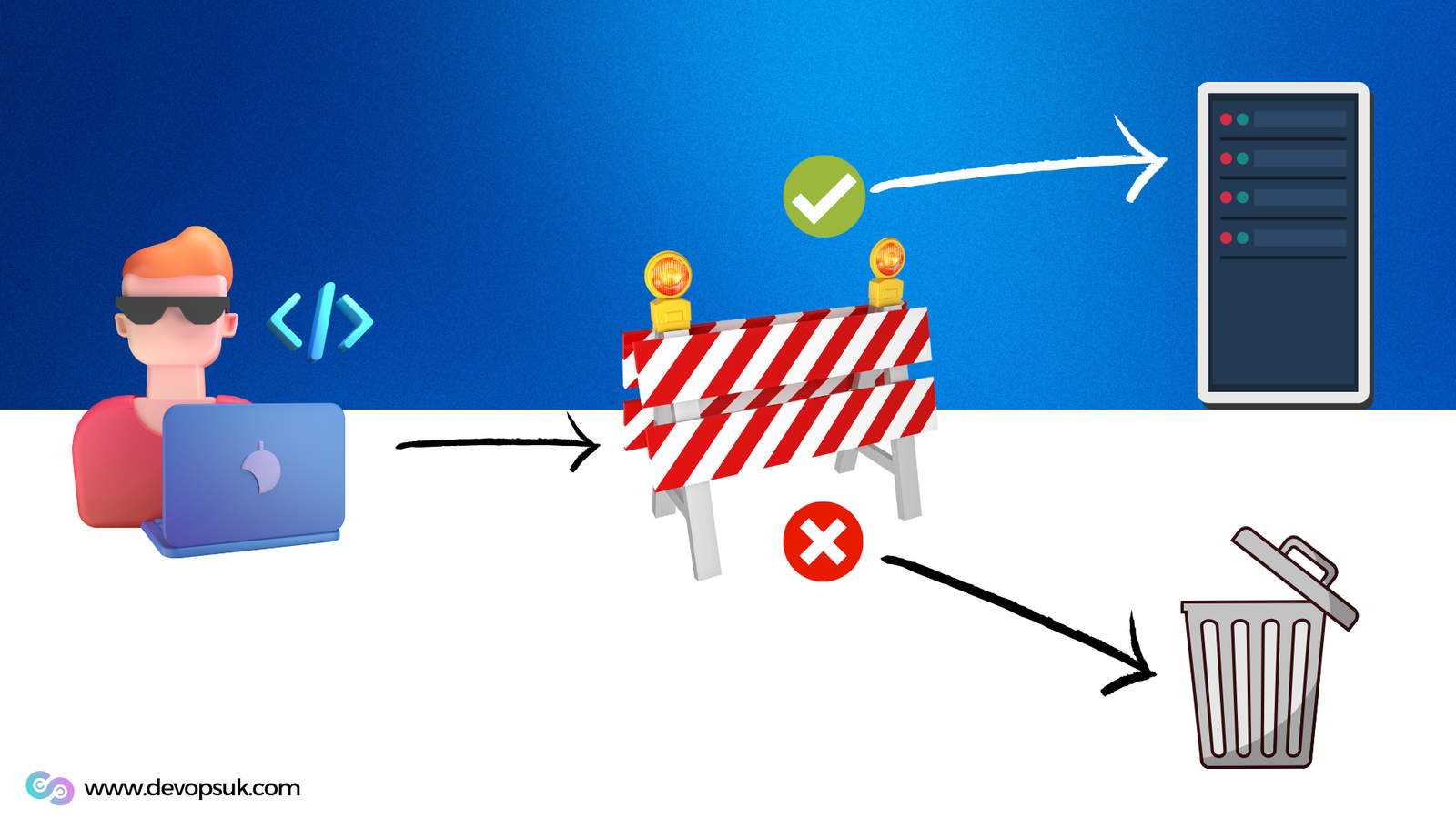Tribal knowledge is the accumulated knowledge, skills, and experiences that exist within a group or organisation, but is not formally documented or shared. In a devops culture, where the emphasis is on collaboration, transparency, and continuous improvement, tribal knowledge can be a hindrance. It can lead to silos of information and a lack of standardisation, which can hinder the flow of work and make it more difficult for new team members to ramp up. It can also lead to a lack of accountability, as it can be difficult to track who has what knowledge and who is responsible for maintaining it. By eliminating tribal knowledge and fostering a culture of continuous learning and knowledge sharing, organisations can create a more collaborative and efficient team, and better position themselves for success in a devops culture.









